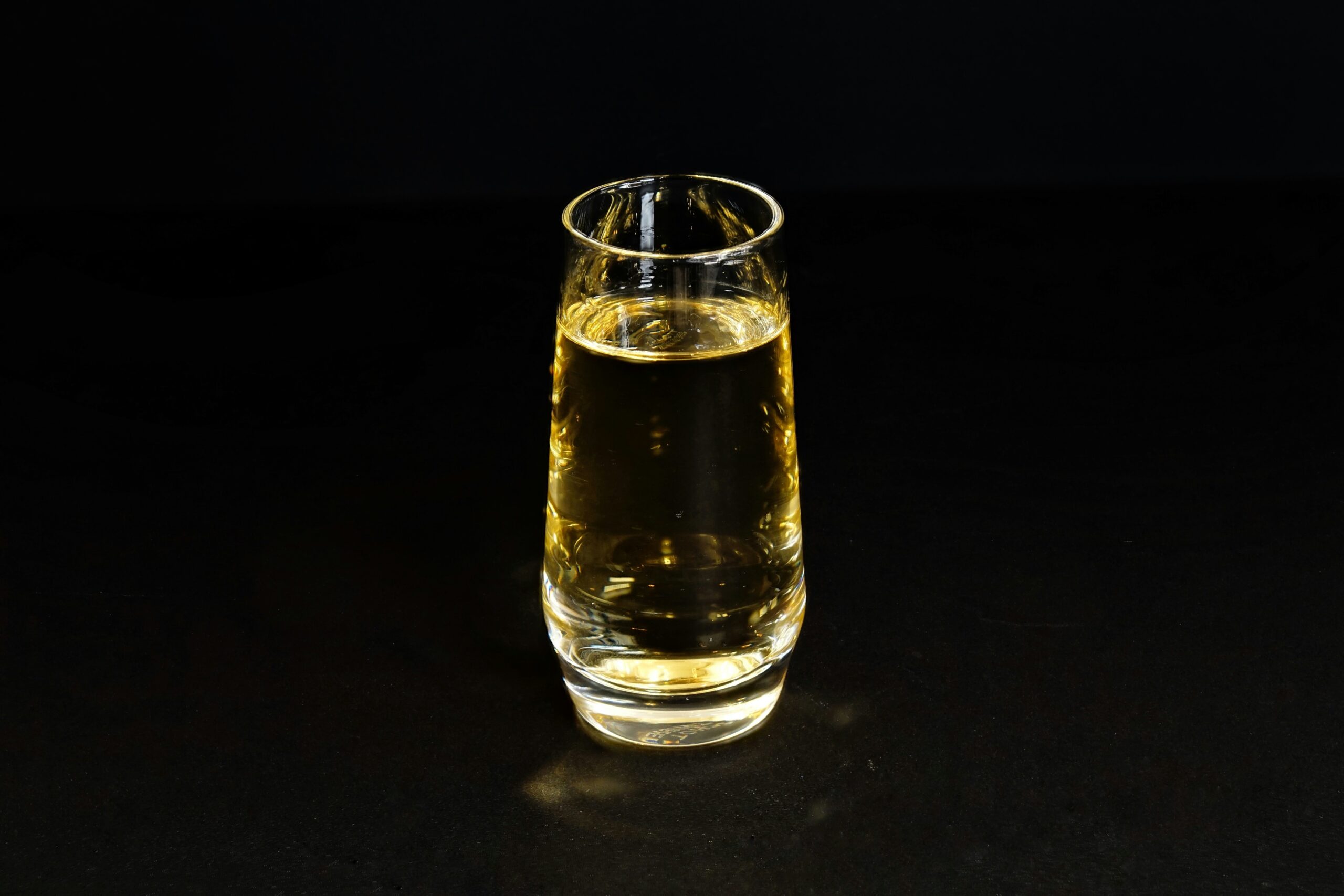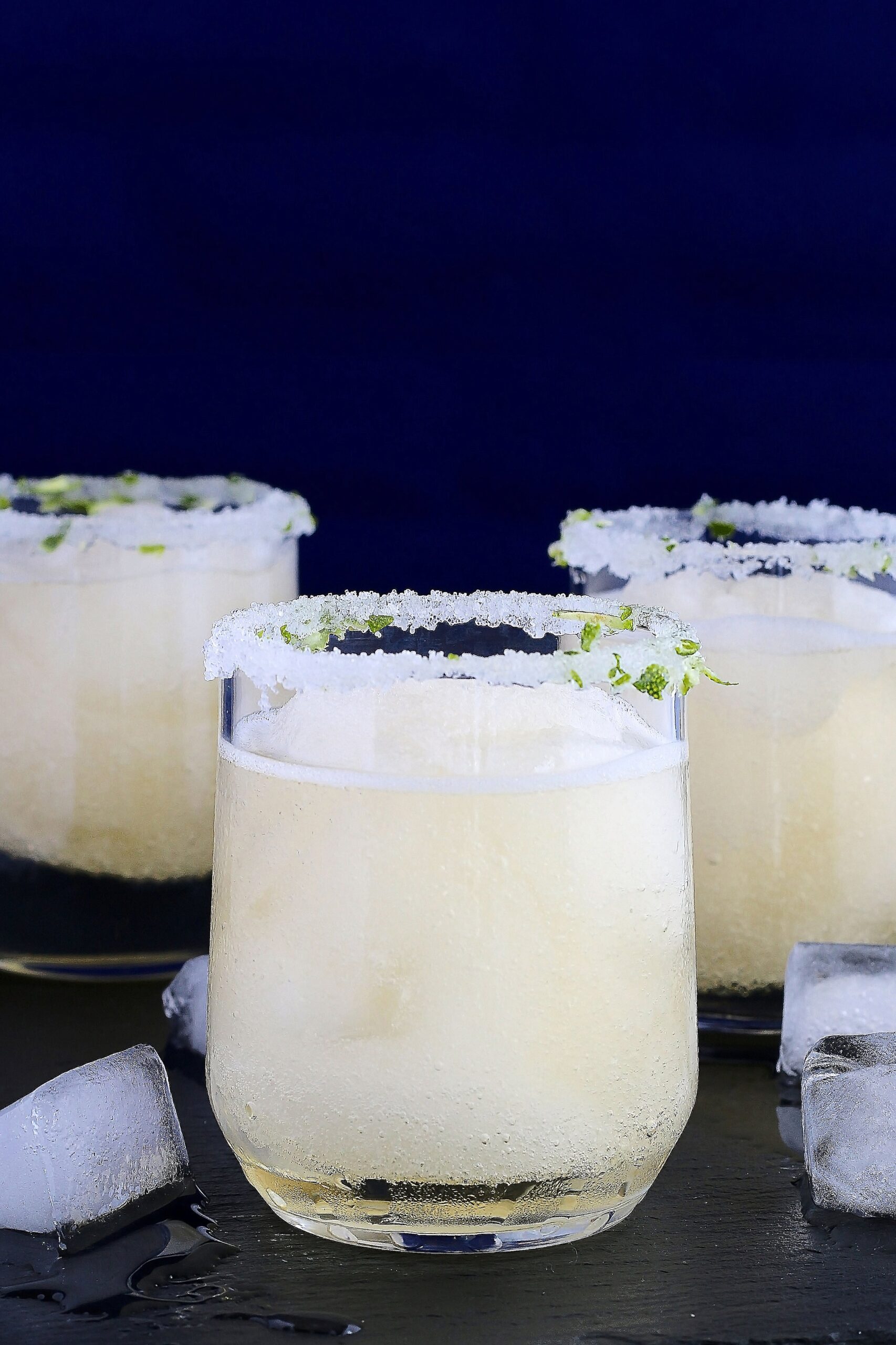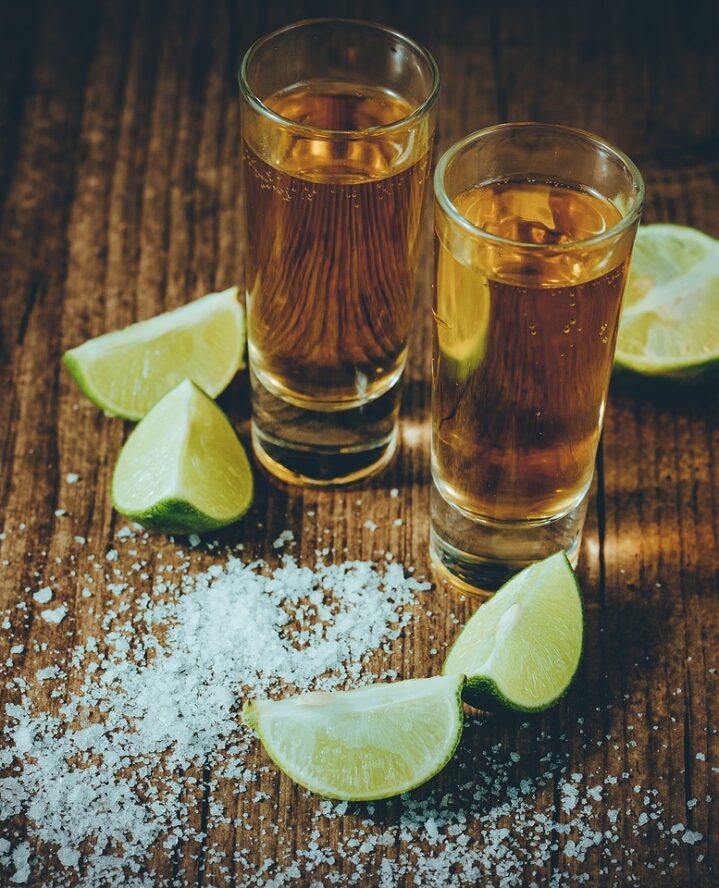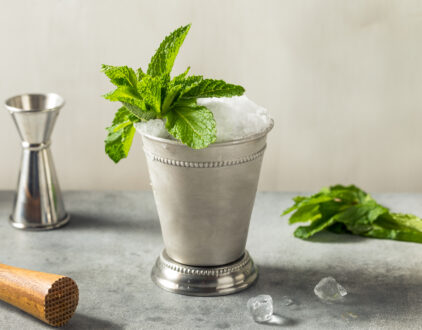This might be one of those shared subliminal ideas, but so many overheard conversations about the differences between tequila and mezcal seem to agree on one key principle: mezcal is tequila for people ready to graduate, to ascend, from…well, tequila.
The reasons for that are plenty. It’s been said that mezcal is more of an “acquired taste.” And it’s a taste that is literally, physically, more difficult to acquire in many cases. Tequila is everywhere and any neighborhood taproom likely has a few selections of tequila, from top shelf to rail. Mezcal? Not so fast. Tequila tastings are unremarkable, chain pub affairs. A flight of mezcal shots might make one feel like they are sampling exotic Beluga caviar, if Beluga caviar was a far less expensive, clear, liquid bomb.
Now maybe it’s not all that serious. Since the early 2000s, mezcal has steadily become accessible and easy to enjoy no matter where you live and has hit the brink of becoming commonplace itself. For aficionados, this is a good thing. But there is some historical truth behind the myth of mezcal as tequila’s artisanal alter ego. Ultimately it all comes down to manufacturing of course, and here is how it breaks down in more practical terms.
Location

Firstly, the word “mezcal” is an umbrella term that covers all agave-based spirits with origins in Mexico, including tequila (and sotol, and raicilla). So tequila is a mezcal. Now what bars call mezcal is manufactured in different regions than tequila, though there is a little bit of overlap. This isn’t arbitrary. A product cannot be called “mezcal” unless it is manufactured in one of 9 specific regions within Mexico, with Oaxaca being a major one. Agave plants are cultivated all throughout Mexico, and tequila comes from only the blue agave variety. Mezcal on the other hand, can be produced from a fairly wide range of plant species. This is reflected in the flavor that emerges during the production process
Production
Tequila and mezcal have long, time-honored traditions that govern how each spirit comes into the world. Many mezcal distilleries harness the same production methods and tools used hundreds of years ago. With the traditional method, the agave piña or heart is roasted in a deep, underground earth and stone pit. The wood charcoal imparts the beverage’s distinctive, smokey flavor. Next the hearts are crushed to prepare the released juices for open-air fermentation. The resulting mash is distilled in earthen or copper vessels, and from there it is mostly bottled immediately, though some may be barrel aged, similar to tequilas.
For tequila, the blue agave hearts are steamed in an oven or in a high-pressure autoclave. Unlike mezcal, with its vast range of agave plants and, therefore, flavors, tequila production is precise and constrained. The hearts are still crushed, but fermentation takes place in a far more controlled environment, as does distillation, which happens in large stainless steel stills, though pottery stills are not unheard of. Barrel aging for a few months to a year (reposado) or well over a year (añejo) is very common. These tightly managed processes are friendly to greater, more wide and rapid production and distribution, and are perhaps why tequila has historically been so much more readily available.

That Acquired Taste
Again, the taste of mezcal is undeniable, and even “smokey” may not quite capture the complexity. Sippers who think they are about to have a tequila-like experience get a rude awakening. The two are very different. In addition to smokey, mezcal is often described as floral, earthy, and citrusy, though because of the small-batch manufacturing processes described earlier, these flavors can vary wildly. Even more subtle characteristics can emerge if the spirit is aged. Tequila lovers usually describe their drink of choice as earthy and citrusy as well, but also sweet, peppery, and oaky. Largely, tequila is going to tequila. It can deliver myriad, exciting notes to the tastebuds, but, because of its production methods, will taste basically the same no matter where you go.
So You Think You’re Too Good for Mixers?

Some introductions to tequila might be via mixed drinks like palomas or margaritas. And so culturally, in the States at least, we might not associate mezcal with mixed drink. But both beverages have the same alcohol content and work fantastically with sweet, salty, and citrusy mixers. In fact any cocktail with tequila in the mix will work just as nicely with mezcal. Of course purists will want to enjoy both drinks with a little lime, or nothing at all. With bars and establishments devoted to mezcal springing up in Los Angeles, San Francisco, and other cities, that tasting flight could be closer than you think.
popular posts
Bar

Shake Up the Holidays with Ornament Cocktails
by Stixx Matthews | November 27, 2024

This Creator's Vintage Find is the Perfect Dining Room Accessory
by Jessica Fields | March 21, 2025
FOLLOW ALONG ON INSTAGRAM
#homeandtexture
Find us on social for more home inspiration where culture, personal style, and sophisticated shopping intersect to help you create a home where you love to live.

